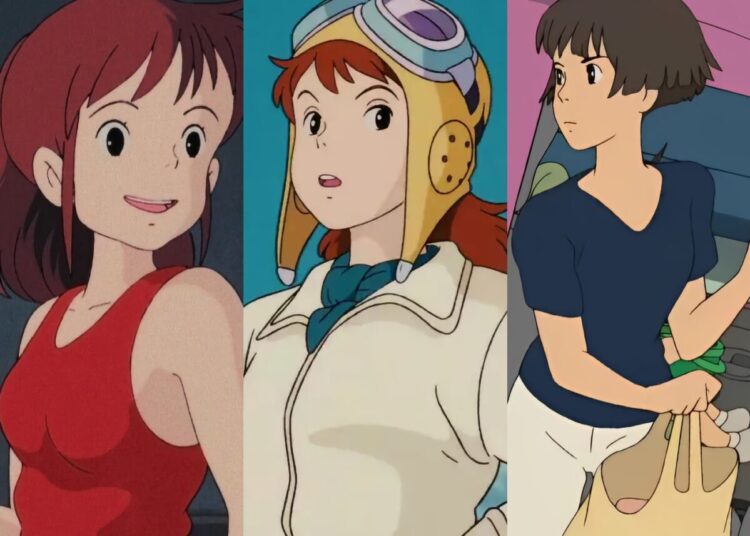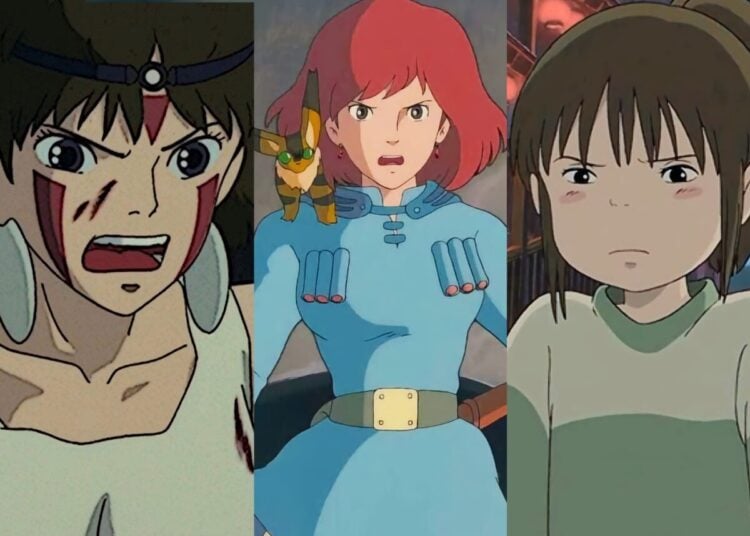Every language is constantly evolving, and while the English major in me isn’t always happy about the LOLification of my own native tongue or seeing teenagers going weeks without typing an upper case letter or using punctation, I know that it’s natural for language to be pulled in different directions by its various speakers. It’s normal for words to be borrowed from other languages and adjusted for meaning to fit new situations, too, and fully half of all English words come from French — for example, words like beef, pork and poultry came to indicate the meat of cows, pigs and chickens through the interaction between French-speaking landowners (who ate the meat) and their English-speaking hired help (who tended the animals). The Japanese borrow words from other languages too, and not just silly phrases like SUPER HAPPY LUCKY. While most foreign loan words are 20th Century imports, quite a few came into use in the Edo Period and before, including tempura (from the Portuguese word for spice), garasu (window glass), ko-hi (coffee), and kirishitan (Christian). In fact, these words have been in use for so long they have kanji assigned to them, which violates the rule that katakana be used to write foreign-based words. Since these kanji words have old-world charm associated with them that’s not unlike archaic spellings of words in English (“Ye Olde”), it’s common to see these kanji words used to create a unique atmosphere in coffee shops, etc.
I talk a lot about the special status assigned to any Japanese person who becomes internationally famous. Raising the stature of Japan in the eyes of the world gives those individuals an incredible boost in popularity at home, and names like Shirow Masamune, Hayao Miyazaki and Akira Kurosawa are treated with almost god-like reverence because they’re so well-known outside of Japan. The current issue of Newsweek Japan presents 100 Japanese who are distinguishing themselves in their respective careers around the world, with musicians, architects, horse jockeys and even a wine sommelier introduced. Among the more well-known names in the list were the beautiful Miss Universe Riyo Mori and animation director Mamoru Oshii, the mind behind the Ghost in the Shell films. Shigeru Miyamoto, the genius who brought us Super Mario Bros., the Legend of Zelda and the Wii, also got a big mention, which was long overdue since he’s almost totally unknown in his own country (poor guy). Another interesting name on the list was none other than Domo-kun, the spokesmonster of NHK, Japan’s public broadcasting network. The Japanese are tickled that this cute brown monster has found so many fans around the world.
I’ve always had a special connection with New Zealand, it seems, beyond that of any normal fan of Tolkien and Star Wars. (The Lord of the Rings films were all filmed in the country, and Tem Moirrison, the actor who plays bounty hunter Jango Fett and all the clone troopers comes from there.) When I was six, my family moved to New Zealand for a year, allowing me to get my first experience living in a country other than the USA. I was young and it was confusing for me — why was everyone pronouncing the letter “zee” like “zed”? — and they only had one TV channel back then. But I have a lot of good memories of the place, from Big Ben’s Meat Pies to Farmers Department Store in Aukland, and the experience probably prepared me for my current expat existence. Today my son is off to New Zealand for a month long homestay in the country, where he’ll study with the other students from his experimental English elementary school. I wanted to make sure he paid attention to everything around him, so I gave him a list of 100 things I want him to take pictures of, from New Zealand school uniforms to convenience stores to what power lines were like in the country. (Japan has laws against burying phone lines to protect the telephone pole industry, which make Japanese streets look quite ugly.) I’m a firm believe that every young person should be made to live outside of his home country for a time, if nothing else than to teach them him how good they have it back at home, and if you’ve got a child who could use improved perspective in life, consider shipping them off somewhere for a few months.
J-List carries a lot of fun products from Japan, one of our favorite categories are the 2008 calendars we’ve got in stock right now. Printed for the domestic Japanese market, these calendars feature large, glossy pages with beautiful printing that will look great on your wall, or the walls of the lucky people you give them to. Best of all, the art and photographs from the calendars are original and made just for this year’s calendars, allowing you to enjoy beautiful images of your favorite anime characters, never published before. Remember that calendars are a very seasonal item and within a couple of weeks we won’t be able to order any more of them, so don’t delay ordering the cool calendars you want.















